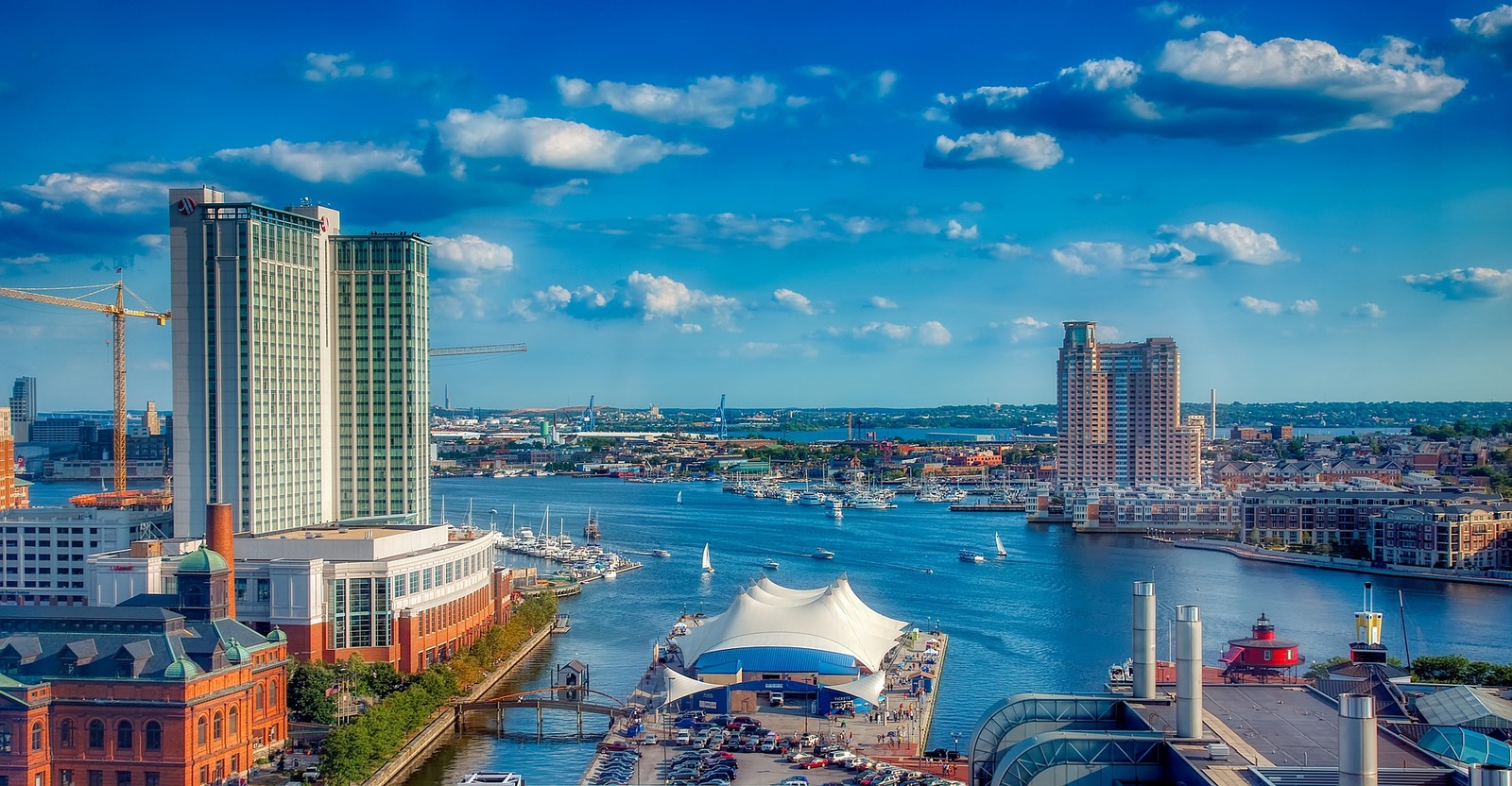
Inversion to blame for Maryland’s Decline in Air Quality
Air quality sirens tend to go off every summer in Maryland, but residents are calling on the government to come up with a long-term solution that actually addresses air pollution at the source.
Riverdale, NJ - The National Weather Service (NWS) issued a Code Orange air quality alert last winter in Maryland after air pollution reached dangerous levels. The NWS’ air quality scale has six levels, with orange indicating that the air is “unhealthy for sensitive individuals,” such as children, the elderly, or those with existing health conditions. Under a Code Orange, sensitive groups should limit their time outdoors. Local agencies recommended that residents stay inside with the protection of air filters.
Last winter, the northeast United States experienced a polar vortex, leading to record low temperatures. (Some cities, like Chicago, had temperatures lower than those in Antarctica.) Maryland’s sudden decline in outdoor and indoor air quality after the polar vortex had been caused by a weather condition known as an inversion, where warm air keeps cold air trapped against the ground. Without the constant mixing of upper and lower layers of air that occurs under regular circumstances, emissions from traffic, factories, and power plants get trapped near the surface.
Stagnated emissions build to create poor ambient (outdoor) air quality. But the problem is that these emissions also affect indoor spaces. “Outdoor air pollution infiltrates into buildings,” explains Camfil USA’s Mark Davidson, Manager of Marketing & Technical Materials for commercial and public building air filters.“Without appropriate ventilation, it accumulates and can even react with other indoor air pollutants.”
Places like Salt Lake, Denver, and even Los Angeles all experience inversions due to a combination of topographical features and climate. With climate change creating increasingly chaotic conditions every year, these places may have to brace for a future where extreme winters lead to worsening air quality, which highlights the importance of having a reliable, efficient air filtration system in place.
Air filters are designed to capture and remove particles and fumes from air pollution. In particular, they are designed to capture particulate matter (PM), which refers to a mix of solid particles and liquid droplets ranging from 1.0 to 10 microns in diameter. Particulate matter is the culprit behind many respiratory conditions and can exacerbate existing ones.
Experts are turning to European countries like France, Germany, and in particular, the Netherlands, for inspiration. These countries share something in common: they’re investing billions of dollars to cut their carbon emissions by as much as 30 percent by 2030.
Other than air filters, one of many long-term solutions that protect people from air pollution is to push for cleaner and greener transport solutions, similar to what is being done in the Netherlands, Norway, and other countries in Europe.
To learn more about how air filters can improve indoor air quality in buildings and communities, talk to the team at Camfil USA.
Lynne Laake
Camfil USA Air Filters
T: 888.599.6620
F: Friend Camfil USA on Facebook
Y: Watch Camfil Videos on YouTube
Source:
- https://www.baltimoresun.com/news/weather/bs-md-air-quality-alert-20190203-story.html
- https://cleanair.camfil.us/2020/03/17/how-maryland-is-solving-its-air-pollution-crisis/
Visit Camfil USA Riverdale, NJ office here.
This news has been published for the above source. Kiss PR Brand Story Press Release News Desk was not involved in the creation of this content. For any service, please contact https://story.kisspr.com.